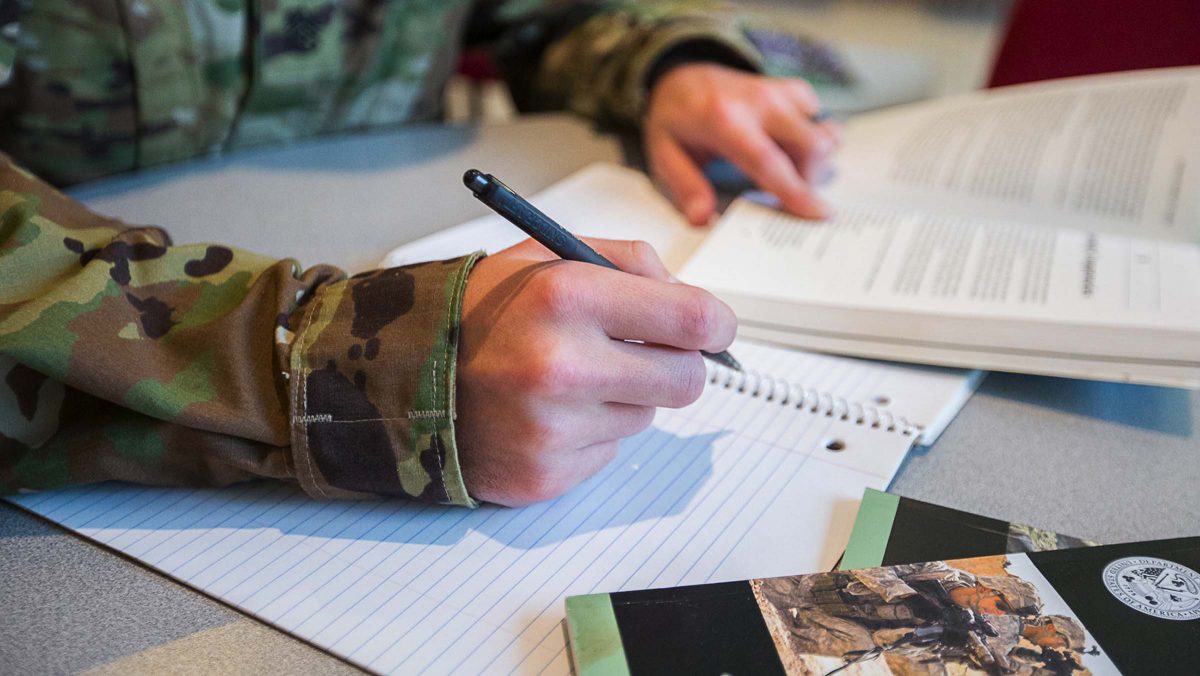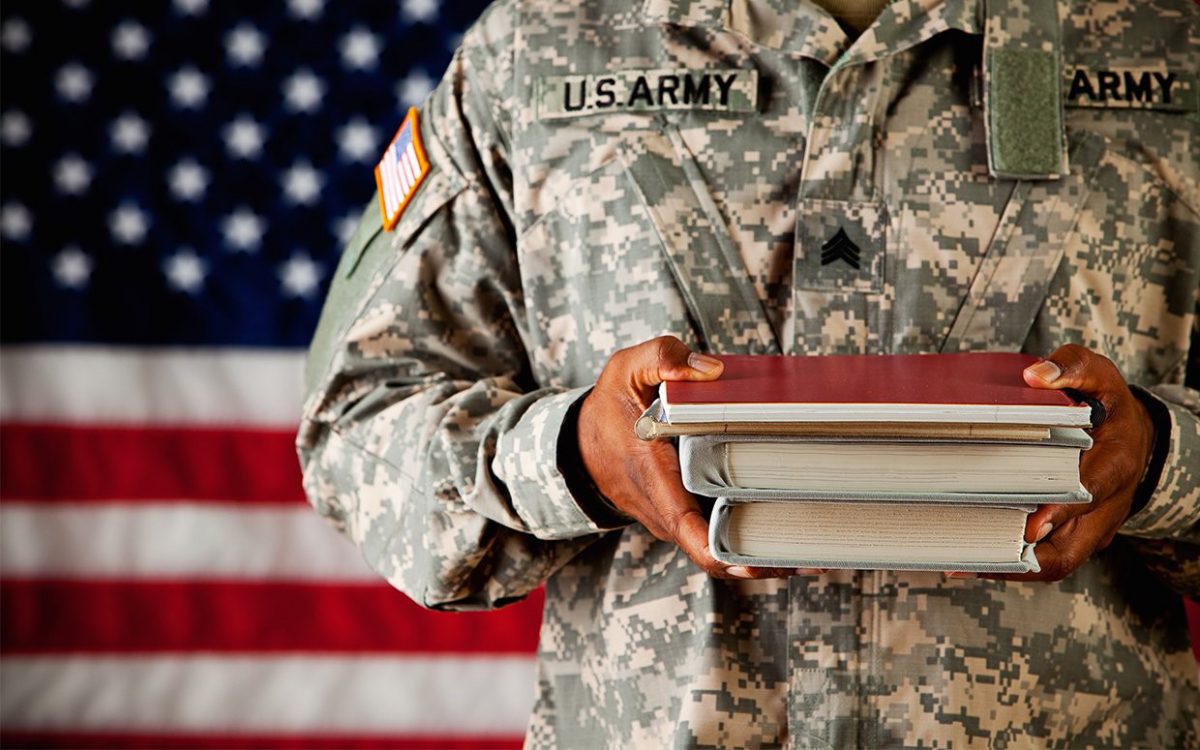As a veteran, taking advantage of educational benefits available to you is a great way to successfully transition back to civilian life and work toward your long-term goals. From college classes to on-the-job training, many educational opportunities await you and your family—as do a wide range of benefits to help fund those opportunities.
Here’s how to make the most of your benefits:
Do your homework. Learn all you can about the key Department of Veterans Affairs (VA) programs available under the GI Bill. Some of them include:
- Veterans Educational Assistance Program (VEAP). If you enrolled and made VEAP contributions from your military pay before April 1, 1987, the government will match those amounts two-for-one. Benefits may be used for a college degree program, technical or vocational courses, apprenticeships and more.
- Post-9/11 GI Bill. This program offers financial support for education and housing to those who served after Sept. 10, 2001. Unused benefits can be transferred to your spouse or children.
- Vocational Rehabilitation & Employment (VR&E). This program helps veterans with a service-connected disability prepare for and find work.Va.gov has an online tool to help you research and compare approved education programs and estimate your benefit amounts.
- Montgomery GI Bill. Veterans who contributed $1,200 to the program while on Active Duty can get funding for higher education and training. You may qualify for one of the four categories of eligibility, depending on when you enlisted and how long you served.
- Forever GI Bill. Also called the Harry W. Colmery Veterans Educational Assistance Act, the Forever GI Bill was passed in August 2017. It removes the 15-year time limit for veterans who were discharged on or after Jan. 1, 2013 to use their educational benefits.
- Servicemembers who received the Purple Heart on or after Sept. 11, 2001 are entitled to full benefits, regardless of how long they have served.
- Veterans who attended schools that have been closed—or have received certain disapprovals—between Jan. 1, 2015 and August 2017 are eligible to have their benefits restored.
- Qualifying veterans participating in STEM (science, technology, education and math) programs will receive up to nine additional months to finish school. They’re also eligible to apply for up to $30,000 in scholarships.
- Veterans have more choices in where they learn, including education programs at accredited independent study programs, career and technical education schools and postsecondary vocational institutions.
Weigh options carefully. Selecting a benefit could make you ineligible for other benefits, so choose carefully.
Check your eligibility. The type of education benefits you’re eligible for depend on various factors and criteria. Spouses and family members may also be eligible. Learn more about education programs available to you.
Follow the money.
You can find a wealth of education funding beyond your GI Bill benefits.
You may qualify for other state, federal and private education scholarships. For example:
- Veterans of Foreign Wars (VFW) o offers veteran scholarships of up to $5,000 per semester, along with guidance on receiving VA benefits.
- Starbucks® offers free college tuition to veteran employees, spouses and children at the online campus of Arizona State University.
- Troops to Teachers is a U.S. Department of Defense program that helps eligible veterans begin new careers as teachers.
Take time to plan. Your education benefits can be used for a range of options, from a full college degree to technical training, on-the-job apprenticeships and work-study programs, and even flight training.
Having so many possibilities can seem overwhelming, so make sure you think about your personal career goals and the types of learning environments you enjoy. Use these tools from the VA to choose a school and career that will help you accomplish your goals. If you need additional funds to cover college expenses, consider whether a student loan from Navy Federal is right for you.





